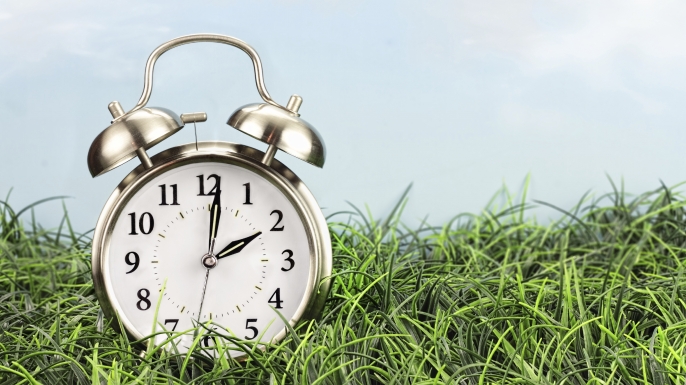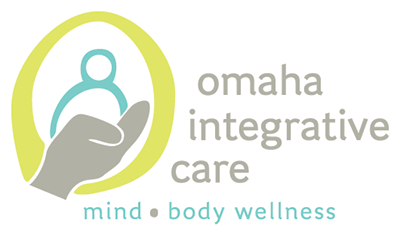
“Spring Forward!” This common phrase is always accompanied by the dreaded event of Daylight Savings Time. Turning your clocks back in the fall has the added benefit of getting an extra hour of sleep. But in the spring, this is a different story. They say “Spring Forward”, but instead of taking a jump forward, our attitudes, moods, and sleep cycles seem to always take a hit come Monday morning after Daylight Savings Time. When this happens, it is really useful to have some tips to overcome the time change and get back to healthy, spring routine.
When we set our clocks just one hour ahead, our circadian rhythm takes a big hit. On the days following Daylight Savings Time, it is really beneficial to go to bed one or two hours than before. Medical providers also recommends that everyone get at least 7 hours of sleep during this time. While this is already strongly encouraged by health professionals, solid sleep is detrimental following the “Spring Forward.” As always, caffeine, alcohol and screen time before bed can result in the increased difficulty of actually falling asleep.
Simple things such as changing the environment around you can impact your quality of sleep. It turns out, light plays a key role in our going to bed process. Doctors and experts suggest to only expose yourself to light during the waking hours of the day. This is because light stunts the production of melatonin, a hormone in the brain that helps us tell our bodies it’s time to sleep. Sometimes a relaxing sound can also aid our sleep. Get an app on your phone that plays the sound of waves, nature, or just white noise.
So it’s true. Pretty much all of us are reluctant to “Spring Forward.” But following these tips will help us all adjust to the loss of that one important hour, and truly spring forward!

Connect With Us